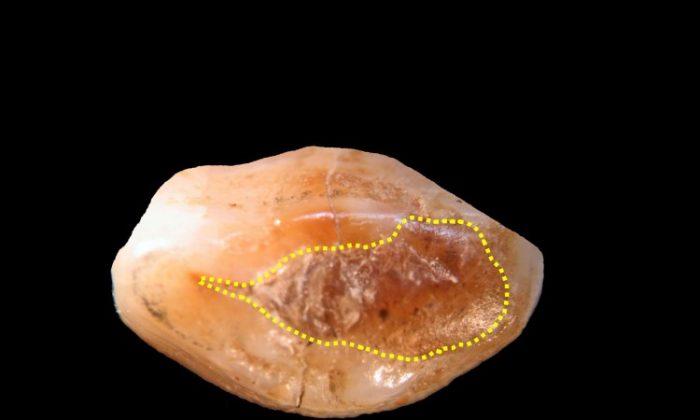The humble slime mold Physarum polycephalum is being used to advance computer game animations by a U.K. scientist.
Neither a fungus nor an animal, the slime mold has a complex life cycle consisting of fruiting bodies, spores, and amoeba-like cells with many nuclei. It inhabits the forest floor where it feeds on microscopic particles.
Described as a plasmodium in the foraging stage, P. polycephalum moves around with seemingly high intelligence, producing a network of tubes that follow the most efficient route for transporting nutrients across an area.






